
Questions of identity are a concern for our society and all too often lead to heated discussions. The card holder draht invites to a playful approach to belonging. Whether it's a Mastercard Gold or a punch card from your favorite café, a membership card for Golf Club Meilen or the Unia labor union, a season ticket for FC St. Gallen or an expired train ticket: these cards, which actually look rather inconspicuous, reveal a great deal about our identity in a curious way. At the same time, draht places the characteristic visuality of our plastic and cardboard companions in a new context. And it even has a place for a supposed discontinued model, because a two-franc piece and a few banknotes also find a home.
The starting point for the development of draht was the challenge of designing a product using wire-bending technology. Chrome steel was chosen as the material. Month after month, the shape of the wire bending was refined until draht was able to fulfill as many functions as possible. An important feature is the tension of the wire, which fixes the contents in place. It should be used to best effect. Another aspect is the number and type of bends that give the product its shape. The principle of functionality is combined with the aim of using the minimum amount of material.
The card holder's visual identity was developed in close collaboration with Abhash Mittal, who, among other things, designed the packaging graphics.
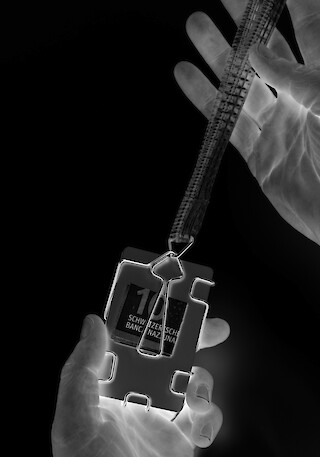
"With draht, we are creating a link between craftsmanship, industrial processes and the world of jewelry. In this way, we want to bring the art of wire bending closer to people."
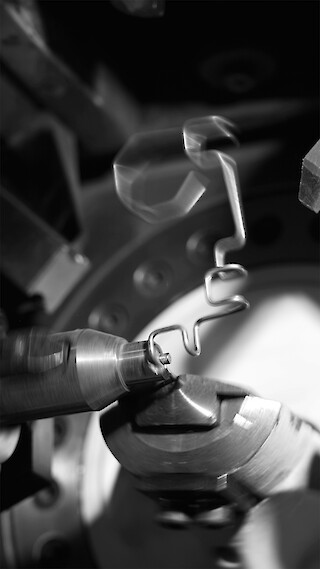
"A card holder made of 68 cm of wire with space for up to six cards plus a two-franc piece plus banknotes: that's all you need for a functional wallet."
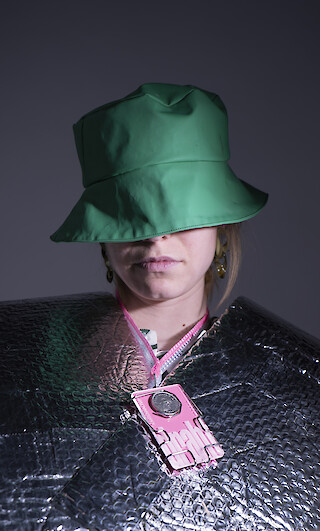
The design process behind it may seem simple and straightforward, but it is actually highly sophisticated. So how does it all work?
Wire-bent products are literally "cast from a single mold": nothing can be cut away or added. That's what makes them so appealing. Since the same process step – i.e. bending the wire at different angles – is repeated several times, the concept has to be refined and verified down to the last detail. Until everything is exactly as it should be. Only after the development of several hundred prototypes and tests with uncles, aunts, cousins and grandmothers was wire ready for series production.
Who else did you get on board to be able to go into serial production with "draht"?
While more and more prototypes were created over the months, Jonatan established contact with a small wire-bending factory in Zurich. In close collaboration, the challenging bend was programmed on the machine over several days and extensively tested. After that, we started designing the packaging. Abhash was heavily involved here: together, we translated the graphic look of wire into a subtle and coherent packaging concept.
What target group are you addressing with draht?
Jonatan started developing draht during his first year of his bachelor's degree in Industrial Design at ZHdK. We see our target group in a similar area and primarily want to appeal to young people with an affinity for design. However, it is more important to us that we represent central design values with our designs than to identify a specific segment of society as our customer base. In his projects, Jonatan pays particular attention to the critical relationship between object and person. Abhash seeks out a corresponding aesthetic for each new project and places a high value on not acting out of the will of a particular style. This should be reflected in draht and we hope that others will see it that way and enjoy it.
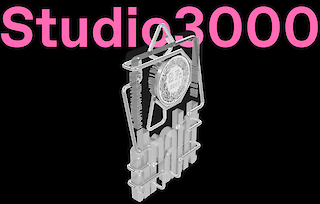

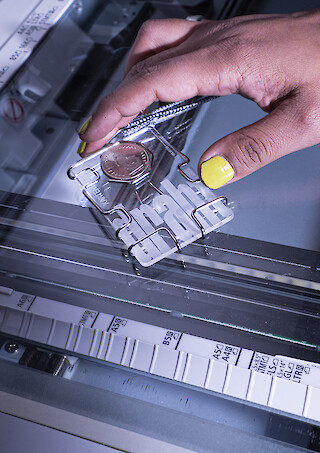
CHF 26.–